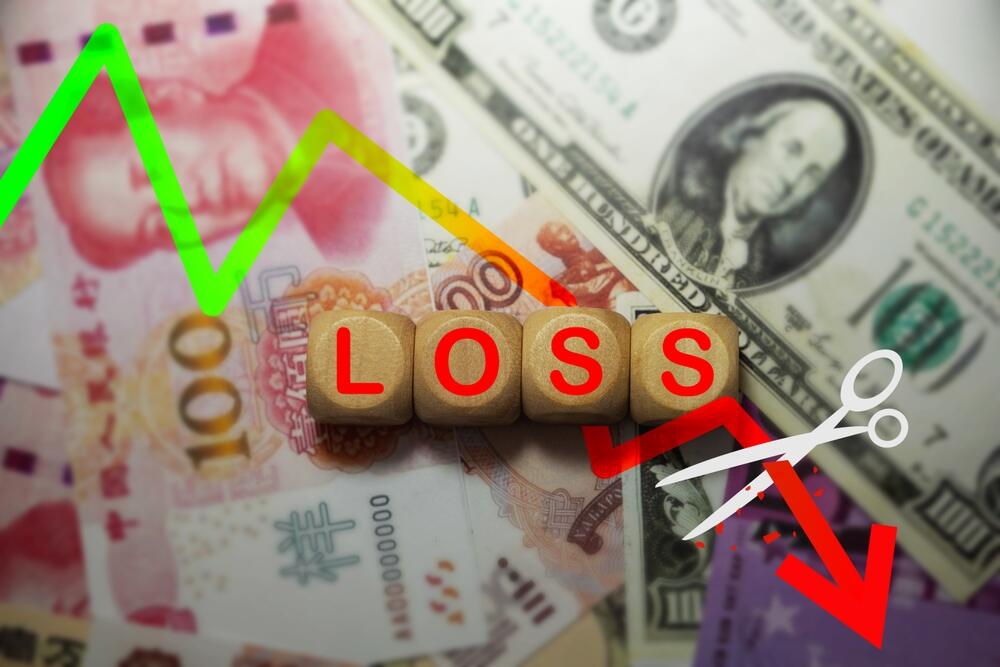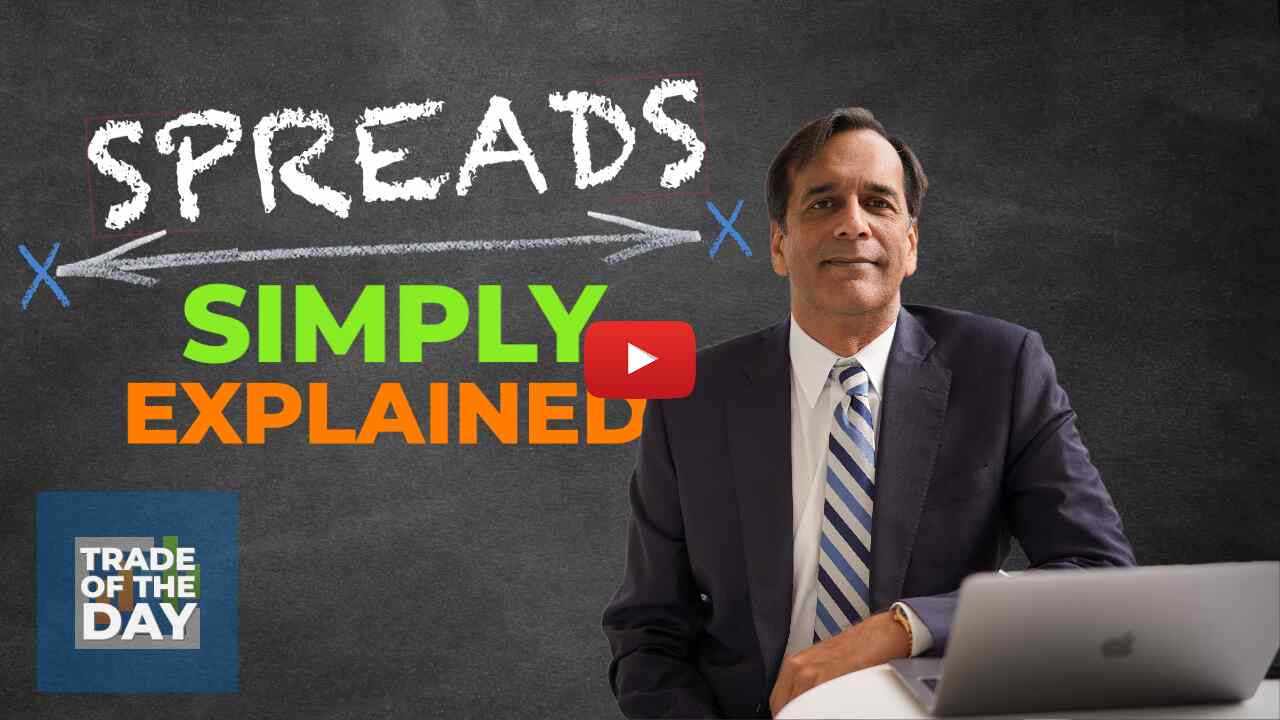Bear Market Hedging Strategies: Part 1
Editor’s Note: With the markets struggling, we’re here to help you navigate. This is Part 1 of a two-part series to help you navigate the bear market.
Hedges are a good thing, but they are often misunderstood.
The truth is… Hedges lose the majority of the time, but that’s because they’re typically used as a form of insurance – just like your homeowners policy.
When you pay for your insurance policy each year, you consider it money well spent.
You should think about hedges in the same way. They’re the cost of doing business. If you have nothing to hedge against, don’t use a hedge.
In this series, I will share a bunch of different ways you can hedge, depending on your risk tolerance and how much capital you have available.
Let’s get into my favorite hedge: the tail risk hedge.
This strategy is based on protecting against an unpredictable black swan event (like the onset of the COVID-19 pandemic in March 2020).
There’s a lot of theory behind tail risk hedges, but I will give you the nuts and bolts.
How to Use a Tail Risk Hedge
First, you have to look at the CBOE Volatility Index, or the VIX. If it moves to 35 to 40, then boom – that’s your green light to implement this.
Second, you have to calculate how much you have invested in all of your stock positions.
For example, let’s say you have $100,000 in stocks. You multiply that by 0.5%, which gives you $500. You then invest $500 in S&P 500 put options (use the SPDR S&P 500 ETF Trust) that are 20% below the current price and expire in around two months.
In a black swan event, that investment of just $500 – or 0.5% of your total portfolio – should provide ample coverage to make up a big chunk of your losses. Look to buy options that have expiration dates two to three months in the future. We came up with 0.5% percent by back testing a 30%-to-50% correction and figuring out which strike prices would likely work.
Black swan events are very rare, so this is not your everyday hedge, but when the VIX moves over 35 or 40, it is usually a signal of bad things ahead.
How to Use the VIX for Spreads I like to use spreads on the VIX by trading the VXX, another volatility ETF. I will sell calls to reduce my cost. So for example, I will buy the $25 calls on the VXX that expire in mid-July and sell the $35 or $40 calls against the position. If I have a big position in a particular stock or sector and it’s not paying dividends, I will use a number of, let’s say 10%, as my max pain point for an event like earnings.
This means I will sell if I get a 10% move lower. I will then use that max pain number and sell my stock.
I will take up to 10% of the proceeds to buy call options that expire a week or two after the earnings are released. That lets me keep ALL my upside but protects my downside in case there is a massive move lower after the release. If the news is good, I can switch back into the stock with a minimal loss or even a gain.
Action Plan: Karim and Bryan just finished hosting their LIVE Emergency Bear Market Inflation Summit.
In case you missed it, here’s how to quickly catch up…
Click HERE to access Bryan’s newest training video, on the Perfect Timing Pattern. This one, simple pattern can help you make money in any market environment – BULL or BEAR. During the COVID Crash, this pattern helped War Room members lock in 246% total gains – all while the market FELL more than 20%. With recession fears, inflation fears and bear market fears on your mind, it’s critically important for you to watch this new training video – right now. In fact, it’s so essential for times like these… we’re making this special lesson available for FREE (check it out right here).
Your money is just too important. So drop whatever you’re doing and watch now – because you do not want to miss this.
P.S. Check back tomorrow for Part 2 of this series, where I’ll go over LEAPS, ETFs and spreads.
More from Trade of the Day
Why Next Week Could Be Big (Special Offer Inside)
Apr 19, 2024
When it Comes to Positioning – Size Matters
Apr 18, 2024
The One Strategy I’m Leaning on in a Choppy Market
Apr 18, 2024
One Crucial Wartime Trade to Make Now
Apr 17, 2024

























